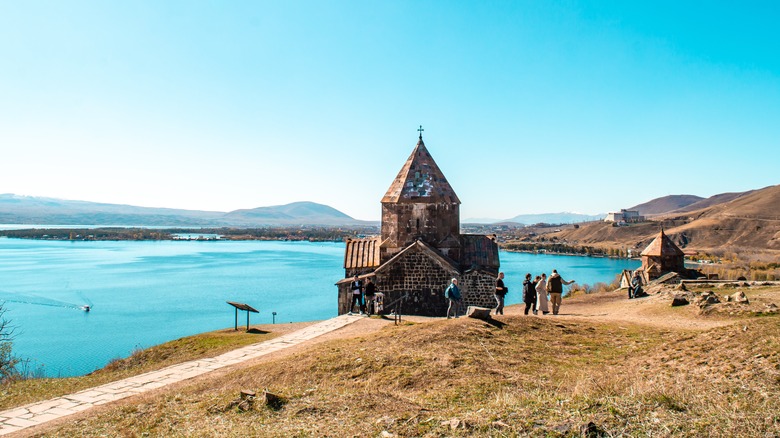Armenia, a landlocked country in the South Caucasus, is situated at the intersection of several geopolitical and cultural fault lines. Geographically part of West Asia, it also belongs to the Council of Europe. It is a predominantly Christian nation located in a region where Islam is the dominant religion. For travelers, the country offers a unique blend of natural beauty and historical significance, but it also comes with some safety concerns that have led to travel advisories.
As of early September 2025, the U.S. Department of State has issued a travel advisory for Armenia, warning visitors not to travel to certain regions near its border with Azerbaijan. Specifically, the advisory prohibits stopping in the Yeraskh village in the Ararat region, although passing through it as a thoroughfare is still allowed. The level of the advisory varies across the country, with different areas classified under different risk levels.
The U.S. travel advisory system has four levels, each representing a different degree of risk. As of now, Armenia is split between two levels. The country as a whole has a level 2 advisory, which means “exercise increased caution.” This is the same level assigned to popular destinations such as the United Kingdom, Germany, and Italy. However, specific areas near the border with Azerbaijan are classified as level 4, meaning “do not travel.” These high-risk zones include the Gegharkunik region east of Vardenis and the Sunyik region east of Goris and south of Kapan. The advisory highlights the potential for armed conflict due to ongoing tensions between Armenia and Azerbaijan, particularly around the disputed Nagorno-Karabakh region.
Nagorno-Karabakh, an ethnically Armenian enclave, has been a point of contention between the two countries for nearly 40 years. Despite international recognition of Azerbaijan’s sovereignty over the area, the region remains a flashpoint for conflict.
How the travel advisory affects tourism in Armenia

Despite the travel advisory for certain areas, Armenia is generally considered a safe destination for foreign visitors. According to Numbeo’s 2025 mid-year crime index, Armenia ranks 140 out of 148, making it one of the least crime-ridden countries in the world. In comparison, the United States ranks at position 58. The U.S. State Department also notes that violent crime in Armenia is very low, though travelers should remain cautious about issues like credit card fraud and ATM skimming, which are common in many parts of the world.
Most of Armenia’s major cities and tourist attractions are located far from the conflict zones along the border with Azerbaijan. The capital city of Yerevan, known for its vibrant cocktail culture, is situated on the southwest side of the country, well away from the eastern border. The eastern shore of Lake Sevan is closer to the restricted zone, but the most popular and scenic part of the lake, the Sevan Peninsula, is located on the northwest side, safely distant from potential dangers.
Another major attraction for visitors is Armenia’s rich wine culture, which dates back over 6,000 years. Archaeological evidence suggests that the country was one of the first places in the world where wine was produced. Two of Armenia’s most renowned wine regions, Vayots Dzor and Aragatsotn, are located well outside the high-risk areas covered by the travel advisory.
For those interested in exploring more hidden gems and gaining expert travel tips, subscribing to a free newsletter can provide access to the world’s best-kept travel secrets.



